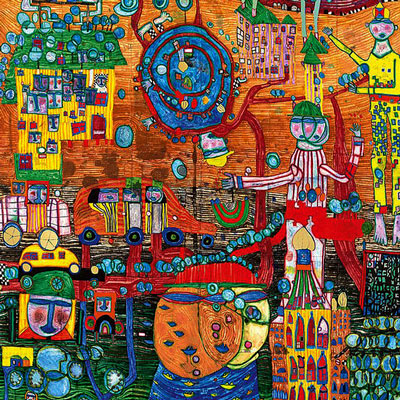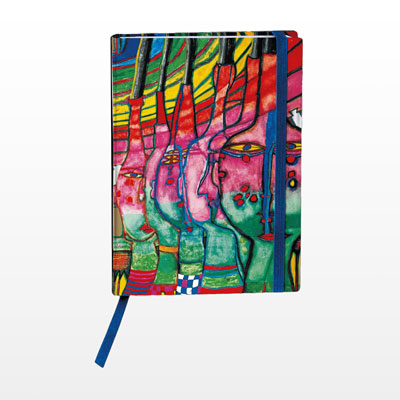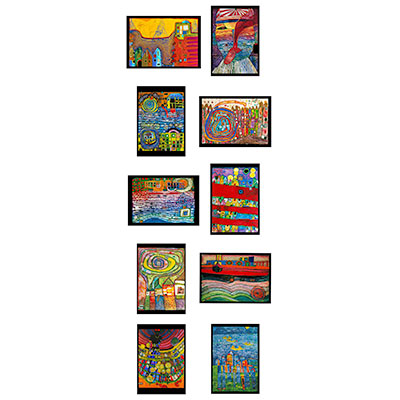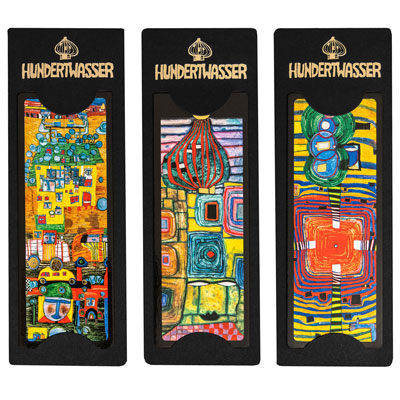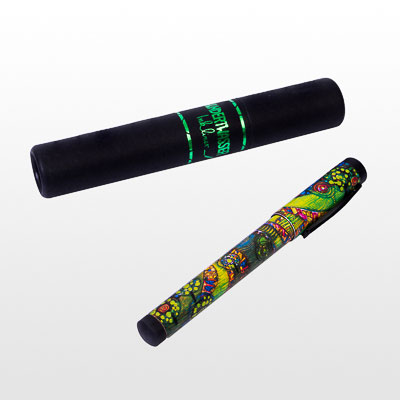Tel : (+33) 4 94 63 18 08
9am - 6pm from Monday to Saturday
Friedensreich Hundertwasser
Friedensreich Hundertwasser, whose real name was Friedrich Stowasser, was an Austrian artist known for his unique and colorful style that combined abstract art and architecture. He was born on December 15, 1928 in Vienna, Austria and died on February 19, 2000.
Hundertwasser began his artistic career in the 1950s as an abstractionist, painting and printmaking. Over the years, he developed a style that combined elements of abstract art with elements inspired by nature, such as trees, leaves, and flowers. He also began to take an interest in architecture and designing buildings that he considered works of art in their own right.
Hundertwasser was an environmental activist and used his art to raise awareness about environmental issues. He particularly designed buildings that incorporated elements of nature, such as rooftop gardens and trees inside buildings. He was also a fervent opponent of Euclidean geometry, advocating for organic architecture that is closer to nature. He referred himself as "anarchitect" rejecting conventions, standards, and codes.
One of Hundertwasser's most famous achievements is the residential building "Hundertwasserhaus" in Vienna, which was built in 1985 and is considered one of the most important examples of organic architecture. He is also known for other architectural projects such as the "Krawinkelnhaus" in Bregenz, Austria and the "Hundertwasser-Therme" in Bad Blumau, Austria.
In addition to his architectural projects, Hundertwasser was also a prolific artist, with over 40 solo exhibitions in museums around the world. He was also an illustrator and author, publishing children's books and poetry books.
Hundertwasser died of a heart attack during a trip to New Zealand in 2000, but his artistic and architectural work continues to inspire and be exhibited around the world. His architectural accomplishments have become popular tourist sites and his art is considered one of the most important of Austria's second half of the 20th century. His vision of architecture as a living and organic work of art has had a significant impact on modern architecture, and his ideas continue to be studied and celebrated in architecture and contemporary art circles.
In addition to his architectural achievements, Hundertwasser left behind a rich collection of paintings, prints, drawings, tapestries, and crafts that testify to his commitment to nature and the preservation of the environment. He was also a peace and social justice advocate, and his works often reflect these themes.
Year of birth : 1928
Year of death :
2000
Nationality : Austria
Pictorial movement : Modern Art
Famous works : Le Grand Chemin (1955)
